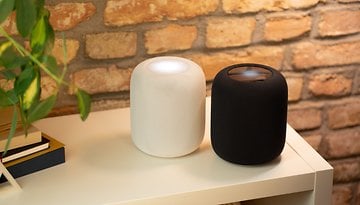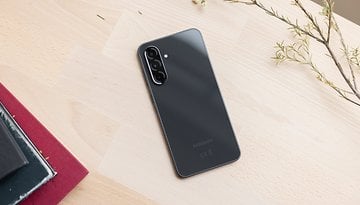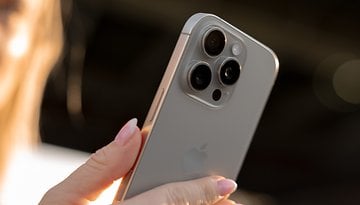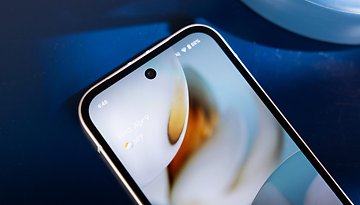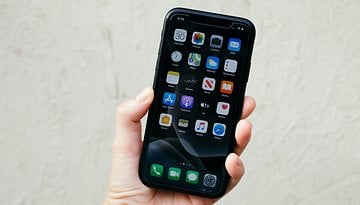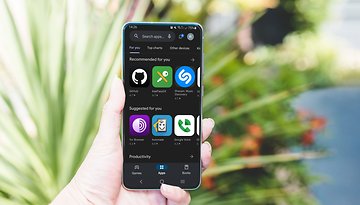Faced with overpriced Apple and Samsung smartphones, is Xiaomi the voice of reason?


We're smack right in the middle of the flagship smartphone season, Apple and Samsung have hit us with smartphones that cost more than $1,000. Xiaomi intends to rain on their parade by disrupting the market with its Xiaomi 12T and Xiaomi 12T Pro handsets. This marketing strategy not only pays off for Xiaomi, but it's also much more relevant for us, the users and consumers.
You may have noticed, but my face is plastered everywhere on the site right now. Yes, I've been doing nothing but reviews since August, just like my colleagues. Almost all the models that I've seen since the beginning of the year are flagships.
The Galaxy Z Fold 4, iPhone 14 Pro Max, etc., it is the normal grind as this is the season. Just like every year, we have techtember (September) and techtober (October) where the tech media news is totally wowed by high-end smartphone launches.
I'm not complaining because it's great. The specifications are dreamy and the devices are cool. We want to make a lot of content, written or in video form. Above all, they are interesting to read. But really, who are these models for? Who will really buy the new iPhone 14 Pro Max that starts at $1,099 or the new Samsung Galaxy Z Fold 4 that costs $1,799 in 2022? Nobody! Well, less than 10% of the user base at best.
So, who am I talking to, by doing all these reviews? That's the question I'm asking myself and that led me to write this article.
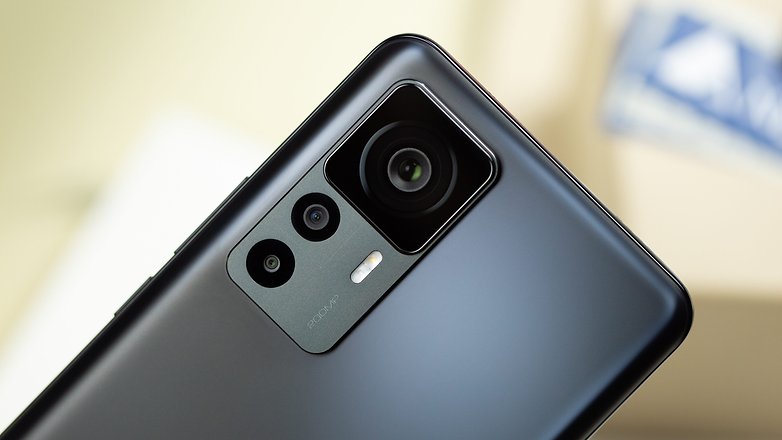
A return to more realistic prices
If I were to reason only in terms of pure specifications, going from an iPhone 14 Pro Max as a daily smartphone to reviewing a Xiaomi 12T Pro is a major step down.
But if, even if it's just for the time of an article, I come down from my pedestal as a tech journalist who hasn't bought a single smartphone in almost five years. If, for once, I were to reason as a consumer living in the real world, purchasing power only goes down while inflation only goes one way—up. Right away, the Xiaomi 12T Pro becomes significantly more interesting.
Not only does the product itself become sexier in the eyes of the underpaid scribe that I am and that could never, ever, consider spending $1,000 on any device. The timing chosen by Xiaomi to launch such a product at such a price is also very, very interesting.
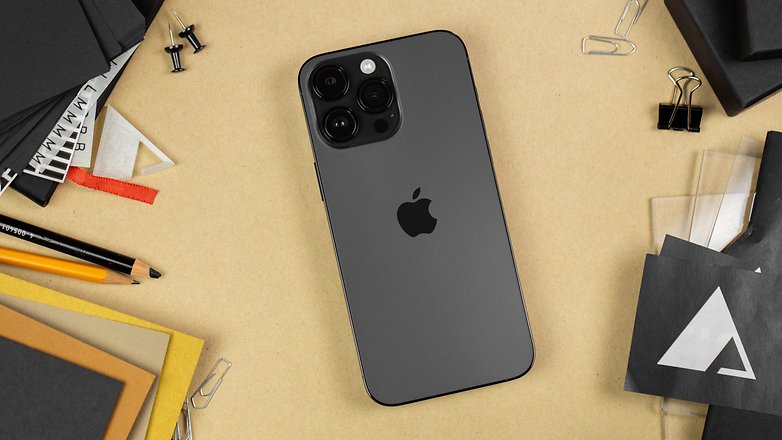
Do you think it's a coincidence that Xiaomi is dropping a premium mid-range and an affordable high-end just after Apple has thrown down the gauntlet with its more expensive than ever iPhone 14 range? No, I know you're smarter than that. However, I'm in the middle of a monologue so I have to ask some rhetorical questions myself.
What I mean by that is that, sure, iPhones and foldables will always find its niche market. There will always be someone richer than you to buy a product that costs more than your maximum budget. This is a fact. Manufacturers are well aware of this. But then, the ultra premium smartphone niche needs to be clearly seen as such.
If Apple assumes, for example, to sell its 1 TB iPhone 14 Pro Max at $1,599 or its basic 512 GB iPhone 14 at $1,099, it must also assume to exclude the vast majority of potential buyers who can't afford it. Basically, stop selling us the idea of "connecting people" with models whose price is, in essence, an excluding criterion.
If your flagship costs more than $1,000, don't take me for a ride by pretending that it was made for me. Simply assume that I'm too poor to be one of your users.
Xiaomi is not a miracle solution nor an example of virtue
For all that, I don't want to turn into an ambassador for Xiaomi, either. The manufacturer is not a hero of the people, the last bastion of affordable smartphones and the great paladin who defends the little people. No, the Xiaomi 12S Ultra, when it will finally be marketed in selected regions, will also cost around $1,000 or certainly more.
But I find that Xiaomi is still the manufacturer that casts a wide net. Samsung or Apple make you pay for not buying their flagships. If you opt for one of their more affordable models, they make you feel the difference almost immediately. The idea is for you to be aware that you haven't bought the top-of-the-line model.
Switch from a Galaxy S22 to a Galaxy A53, and you'll be able to feel the difference right away. There's a reason why the Galaxy S22 FE was cancelled (not the main reason, obviously, but still). Switch from an iPhone 14 to an iPhone SE 2022, and you'll again be able to feel the very obvious downgrade.
Whereas with the Xiaomi 12T Pro and even the base Xiaomi 12T, you can feel that Xiaomi wants to sort of push the responsibility over to the Xiaomi 12 and Xiaomi 12 Pro. The smartphones were designed to make you feel like you have a premium product in your hands. They want to give you a flagship-like user experience but at an affordable price.
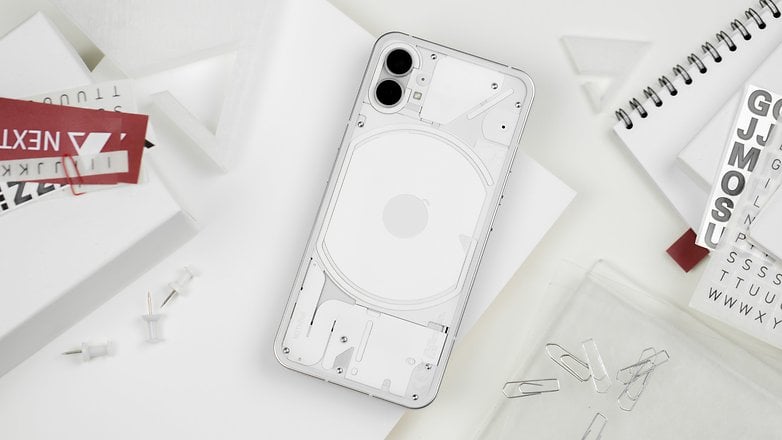
I'm not talking about flagship killer, that concept is dead and buried. I'm really talking in terms of feeling and sensation. So obviously, it involves some compromises along the way. A plastic frame is used instead of aluminum or stainless steel. There is no IP rating for waterproofing. A crappy 2 MP macro sensor is included to pad the specifications sheet.
These moves aren't excusable or exemplary, I'm not saying that, but they do make sense. I find that opting for a plastic frame to lower the price makes more sense than retaining the same SoC as last year while increasing the price of the new iPhone, for example.
Well, the big limitation of my reasoning is that Android flagship prices drop drastically shortly after their launch. I can find a Samsung Galaxy S22 for less than $800 on Amazon without any issue, and I can understand why you might prefer the UX of Samsung's flagship to that of the Xiaomi 12T Pro. But this argument about price cuts also applies to Xiaomi smartphones. Already the 12T Pro is priced at an interesting $799.90, and it will be even more interesting in 3 months' time when it will cost $100 cheaper.
What do you think? Is my thinking too populist? Do you think I overestimate the interest in the Xiaomi 12T Pro or that I underestimate the number of users who buy smartphones that costs $1,000 or more?
